A Journey into the Stratosphere
A testament to direct material sourcing.
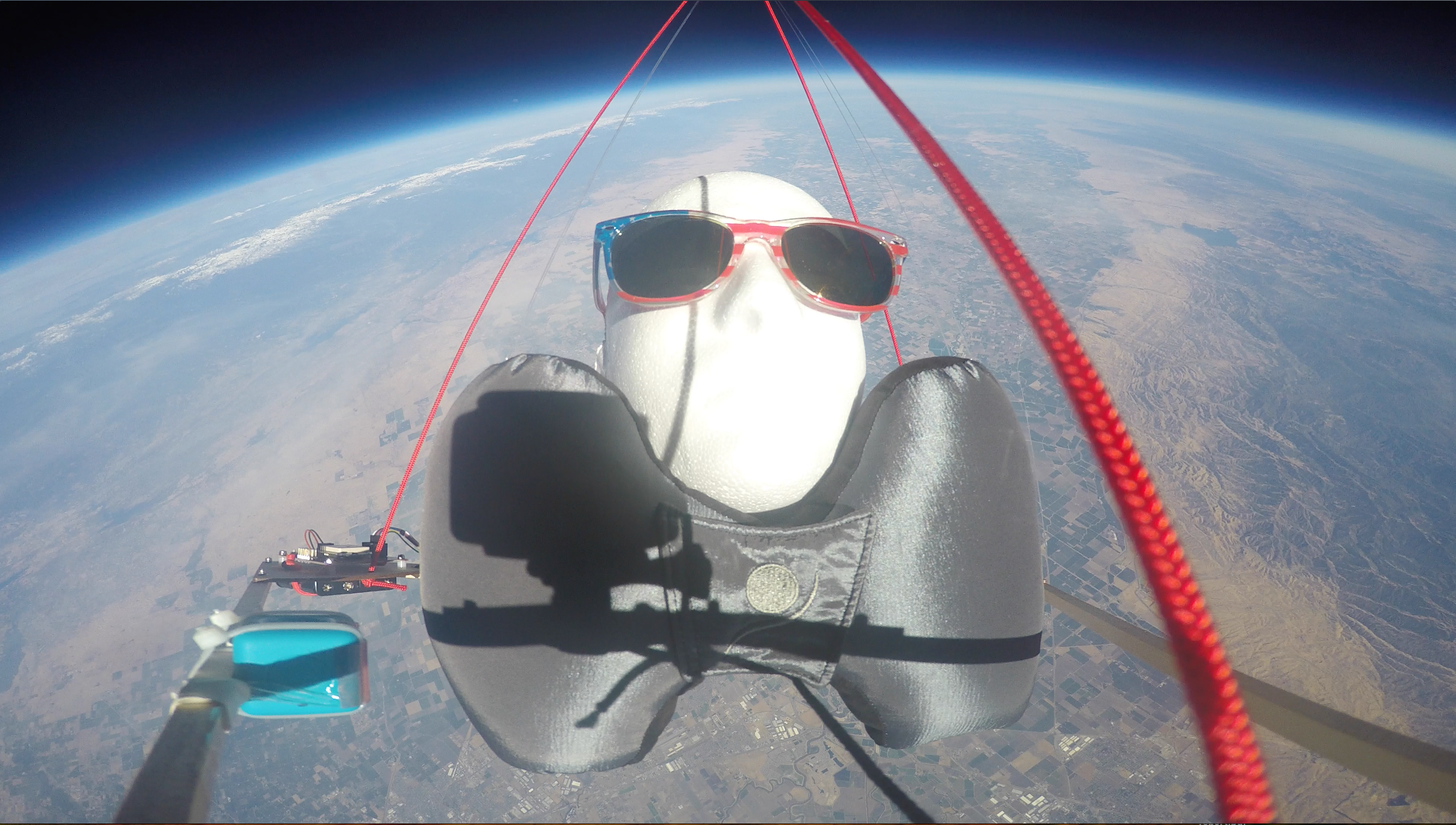
It’s the journey that matters most.
An adventure and engineering challenge, we, the team at Outlier inspired, recently sent the SkyDreamer on a voyage into the Statosphere. After all was said and done, the SkyDreamer survived a 90,840 foot controlled fall to Earth!
Powered only by helium and the desire to push ourselves to the next level, this quest also served as evidence to the superb quality of SkyDreamer’s materials and craftsmanship.
Packing Light
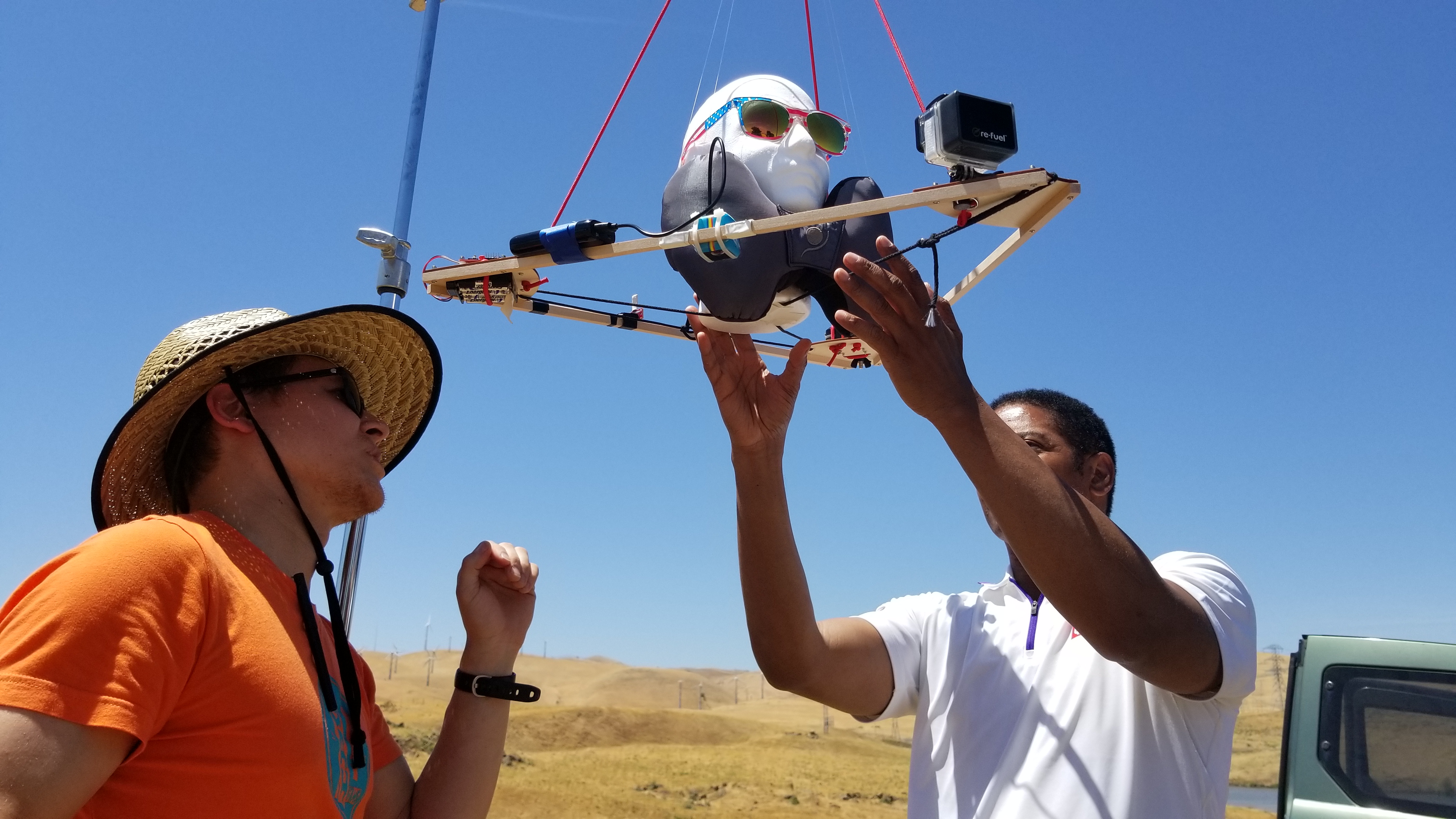
The Skydreamer’s flight was a result of weeks of research and planning. Even with a large weather balloon, we had to be frugal with the payload we wished to take on the journey into the stratosphere. Ultimately, our packing list consisted of:
- The SkyDreamer Travel Pillow
- Our First Mannequin (named Norm)
- Flight Computer
- GPS Tracker
- 3 Cameras
- Sunglasses (It would get bright up there. And Norm needed to look good!)
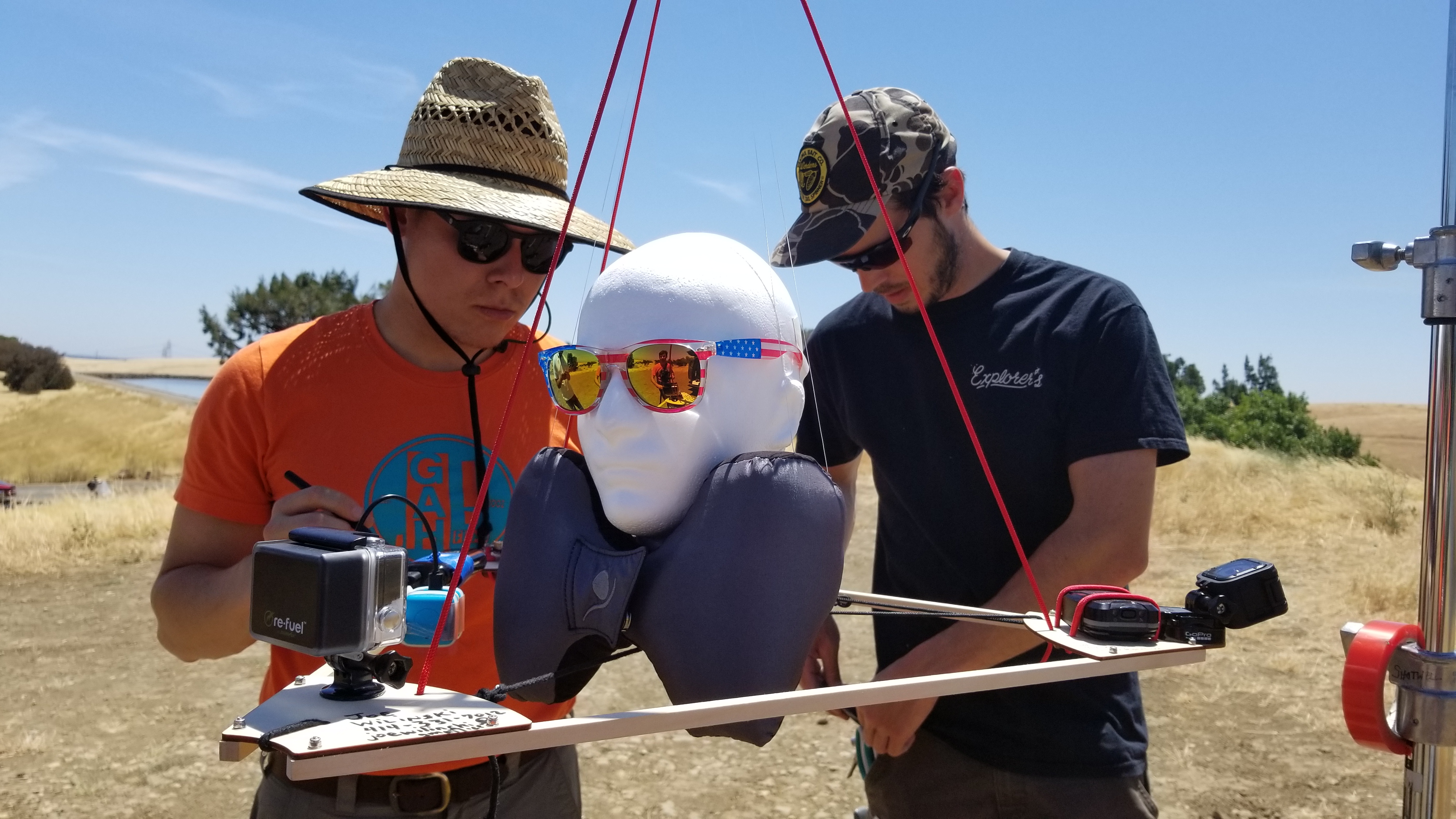
Packing Light: Norm left his wool cap behind.
After constructing the rig outfitted with the above materials, our payload was within ounces of exceeding the maximum acceptable weight. Any protective casing would have put us over the limit, so this would be a true test of the Skydreamer’s durability in extreme conditions.
God Speed, Norm!
—
A Trek Less Traveled
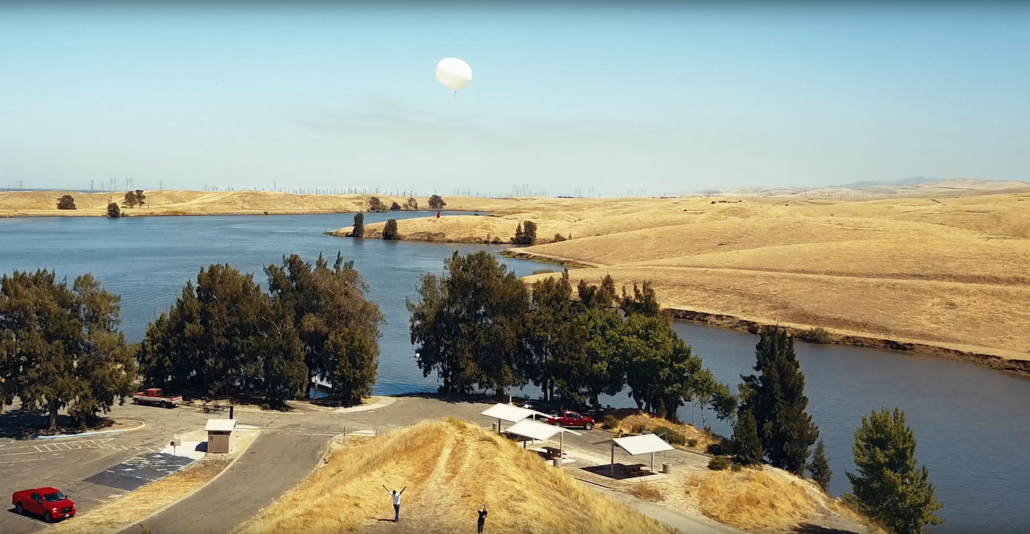
Sixty-miles east of San Francisco, on a remote hill (our very own Cape Canaveral) surrounded by lakes and windmills, we embarked on our journey towards the heavens.
![]()
After numerous calculations and recalculations, we made a giant leap and launched our rig towards the heavens. Winds guided our balloon east – northeast: , while helium hoisted Norm and his SkyDreamer up through the troposphere and into the stratosphere. Ultimately, we reached an altitude of 90,840 feet/27,688 meters above the Earth’s surface.
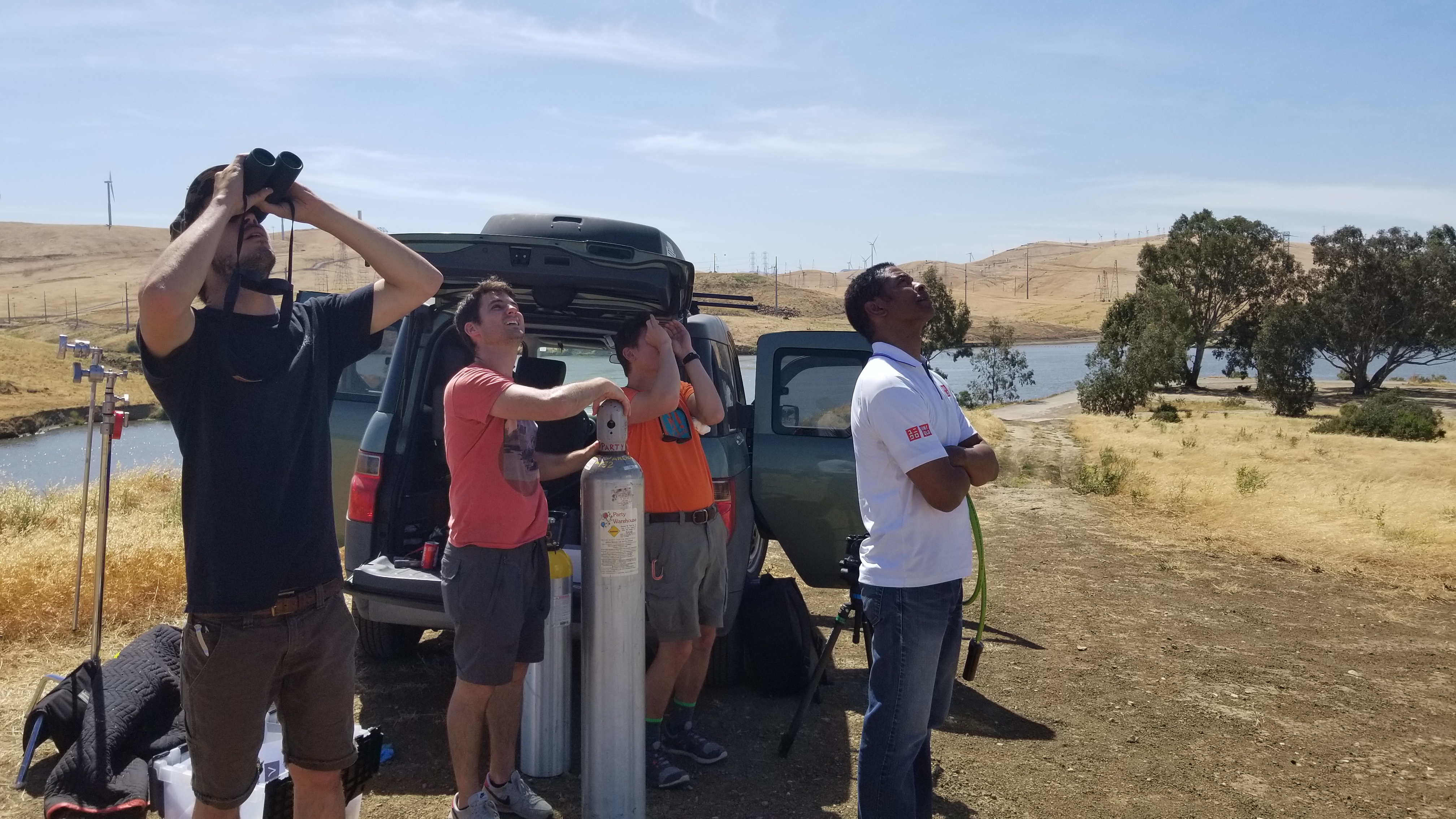
The climb to altitude took 1 hour – 43 minutes and as the air became thinner, we measured a 15.51 pounds per square inch drop in pressure. In contrast, it only took 38 minutes to return to Earth, with a descent velocity topping at 55.41 miles per hour/89 kilometers per hour.
The temperature at the point of launch measured a scorching 95 degrees Fahrenheit/35 Celsius. Enroute to the stratosphere, the temperature plunged to an astounding -63.4 degrees below zero/-53 Celsius, meaning the SkyDreamer experienced a swing in temperature of 158-degrees Fahrenheit/88 Celsius.
The most forgiving factor in our journey was surprisingly the wind. While jet streams often reach speeds of over 150 miles per hour/241 kilometers per hour, on the day of launch they measured roughly 20 miles per hour/32 kilometers per hour. At touchdown, the winds had transported Norm and the SkyDreamer some 20 miles/32 kilometers to east and 5 miles/8 kilometers north from where they had lifted off.
Back Home
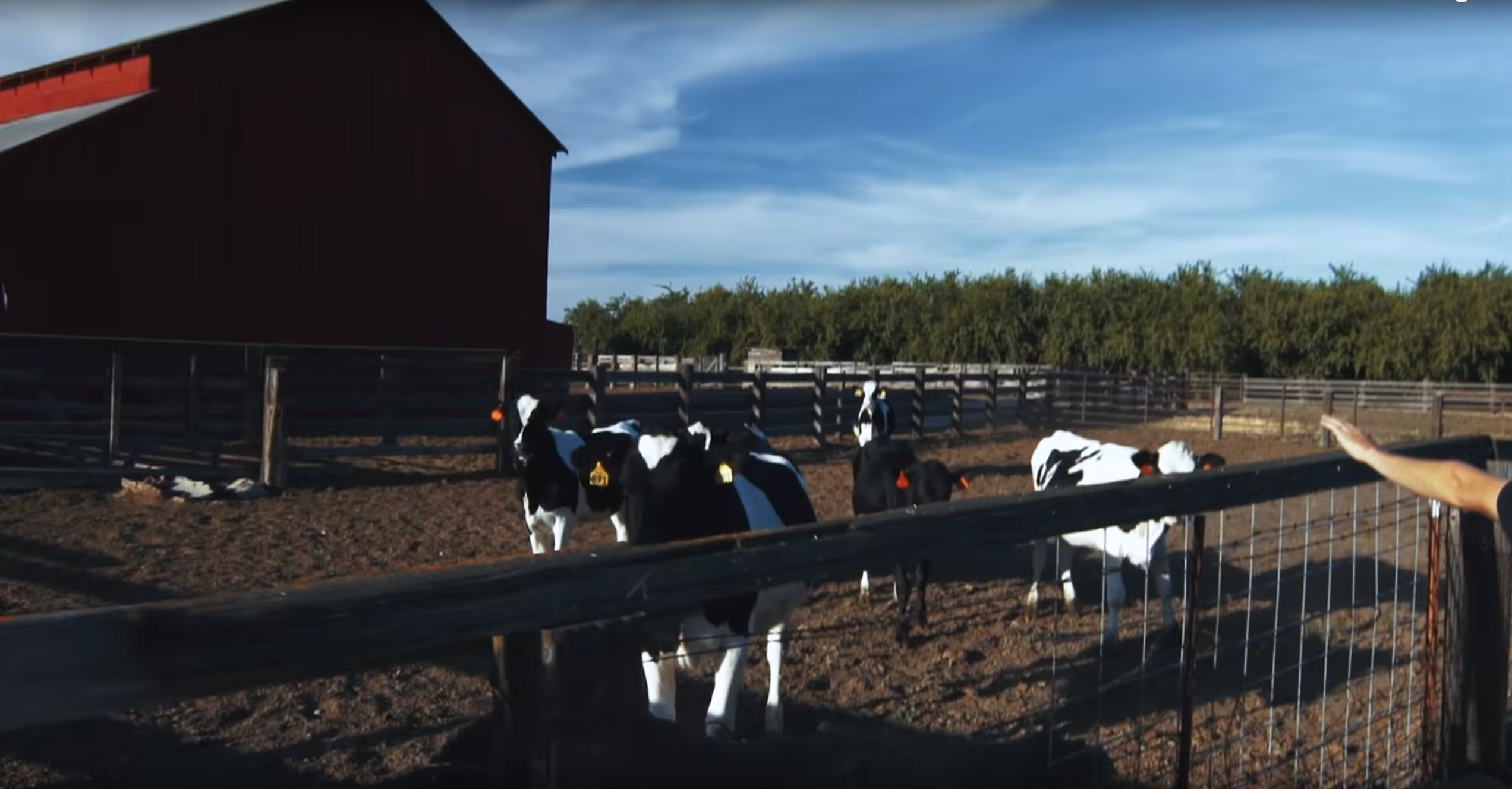
The process of launching was an incredible leap of faith. Not only were we completely submitting control of SkyDreamer to the elements, but we also had to hope that we would even be able find our rig upon its return to earth! Once the Weather balloon reached 60,000 feet/18,288 meters we would lose all signal from the GPS tracker.
After an hour of breathless GPS blackout, we finally received notification of location. Our rig had crash-landed at over 14 mph/22 kph in a livestock pen that luckily was empty, but was greeted by a group of curious cows in the adjacent pen!
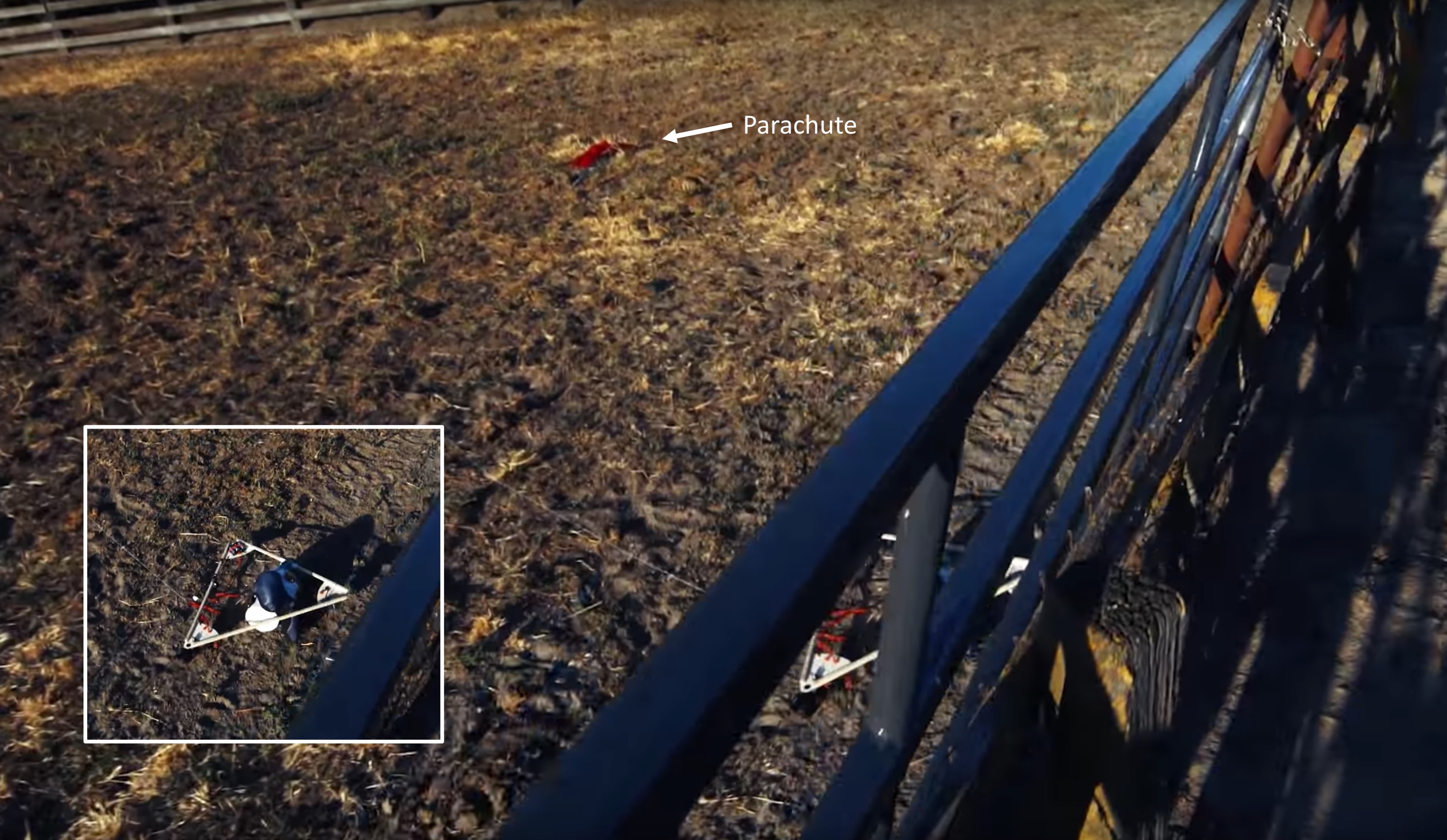
Surviving the Fall
Considering the excessively cold temperatures and high wind velocities during decent, we expected the SkyDreamer to be a bit worse for wear .
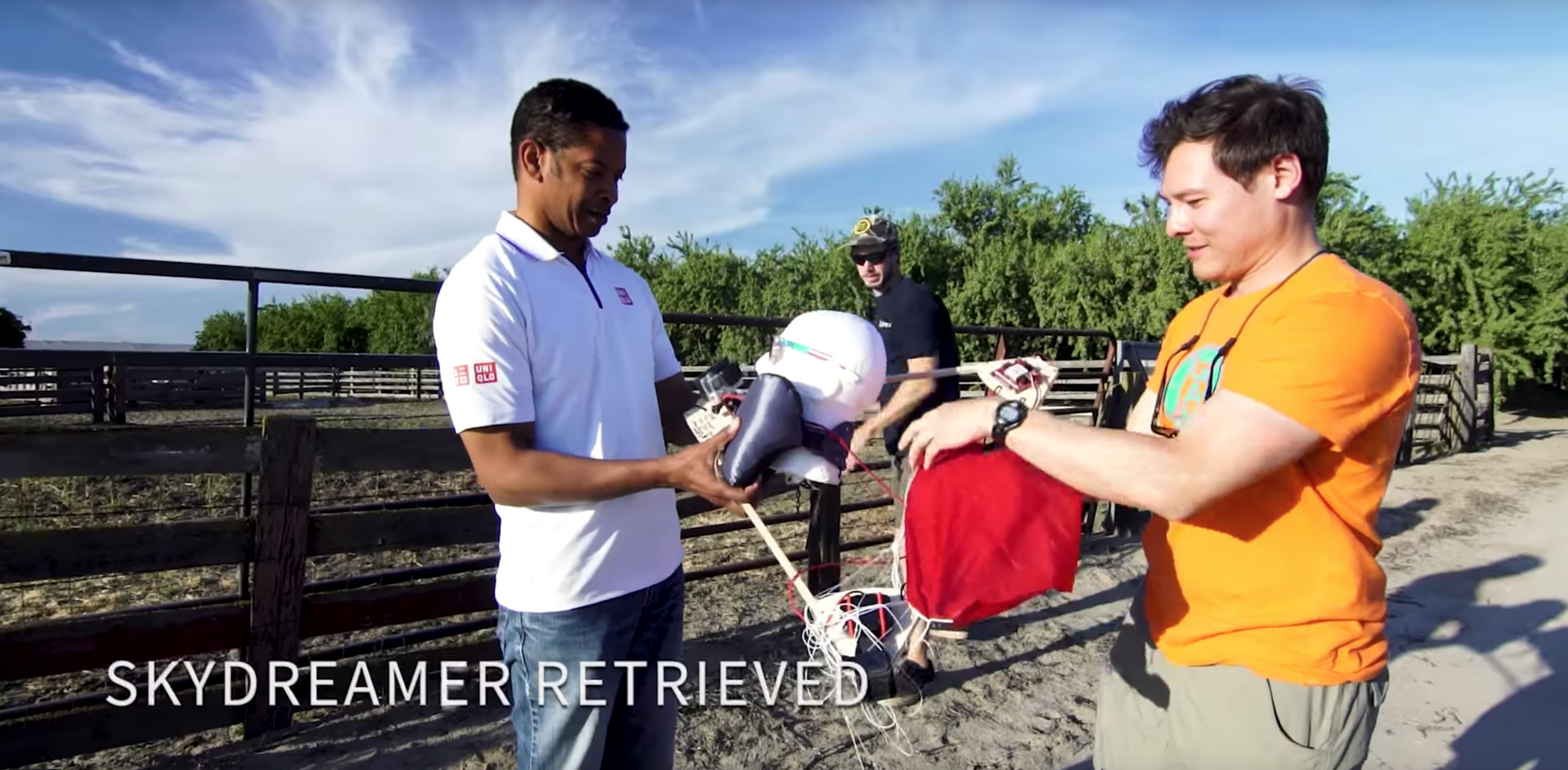
However, we were amazed to find how well the SkyDreamer held up to the harsh elements! Where one might expect to see indications of fraying with our taffeta and suede materials, we saw none. Additionaly there were absolutely no signs of stress along our seams, especially those that housed our premium fiberfill.
Low Profile Hook & Loop Fastener
Our adjustable neckband attaches to our Twin Cradle Pillows using a specialized Velcro hook and loop material. During the flight, these Velcro materials experienced temperatures that were 43 degrees Fahrenheit/6 degrees Celsius below its normal operating range.
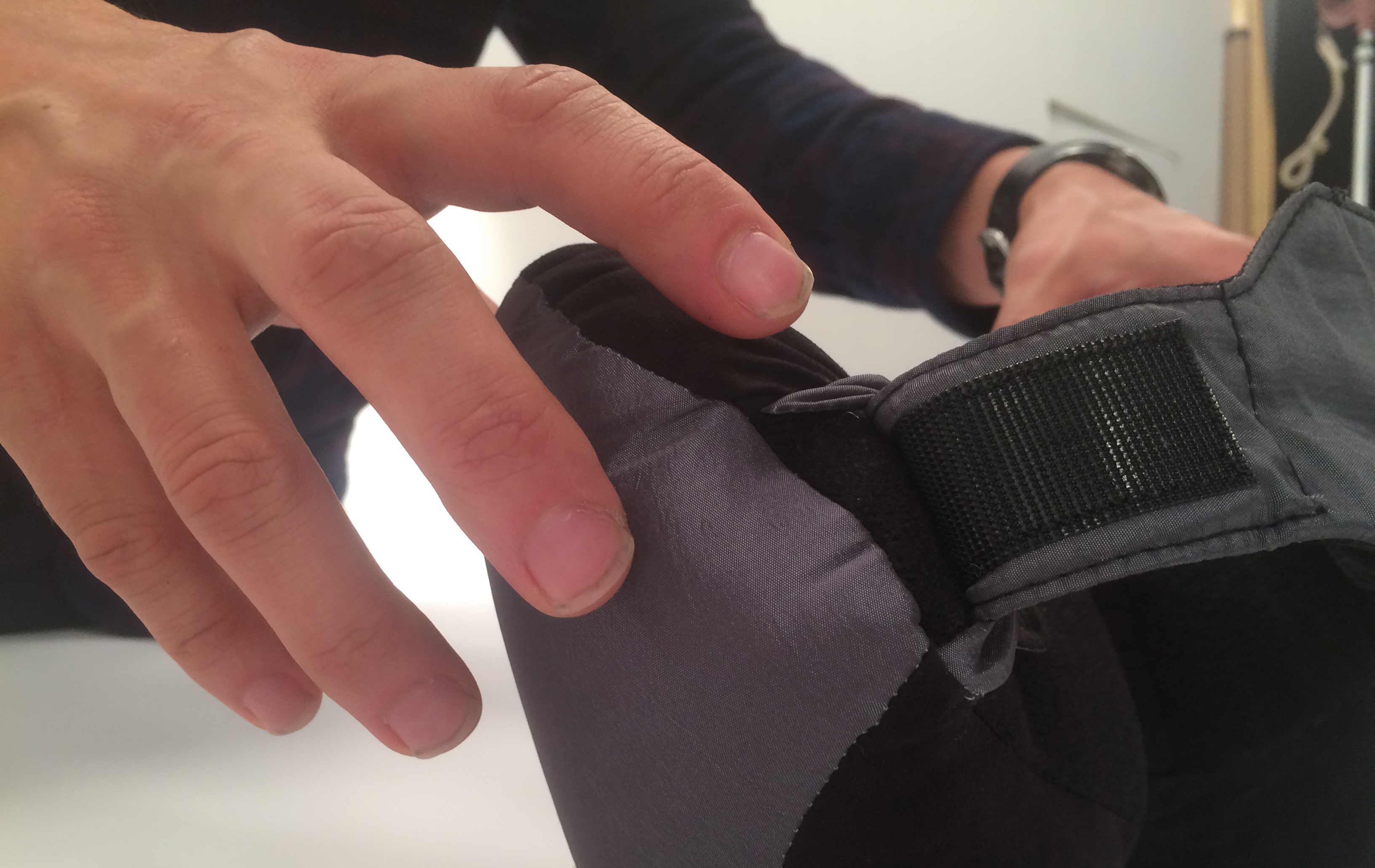
We put the Velcro hook and loop in tension to help secure the SkyDreamer to the launch rig. Had there been a failure, the SkyDreamer may have been lost, most likely during the turbulent descent back to Earth. Even under these extreme conditions, the materials held up.
Magnetic Fasteners
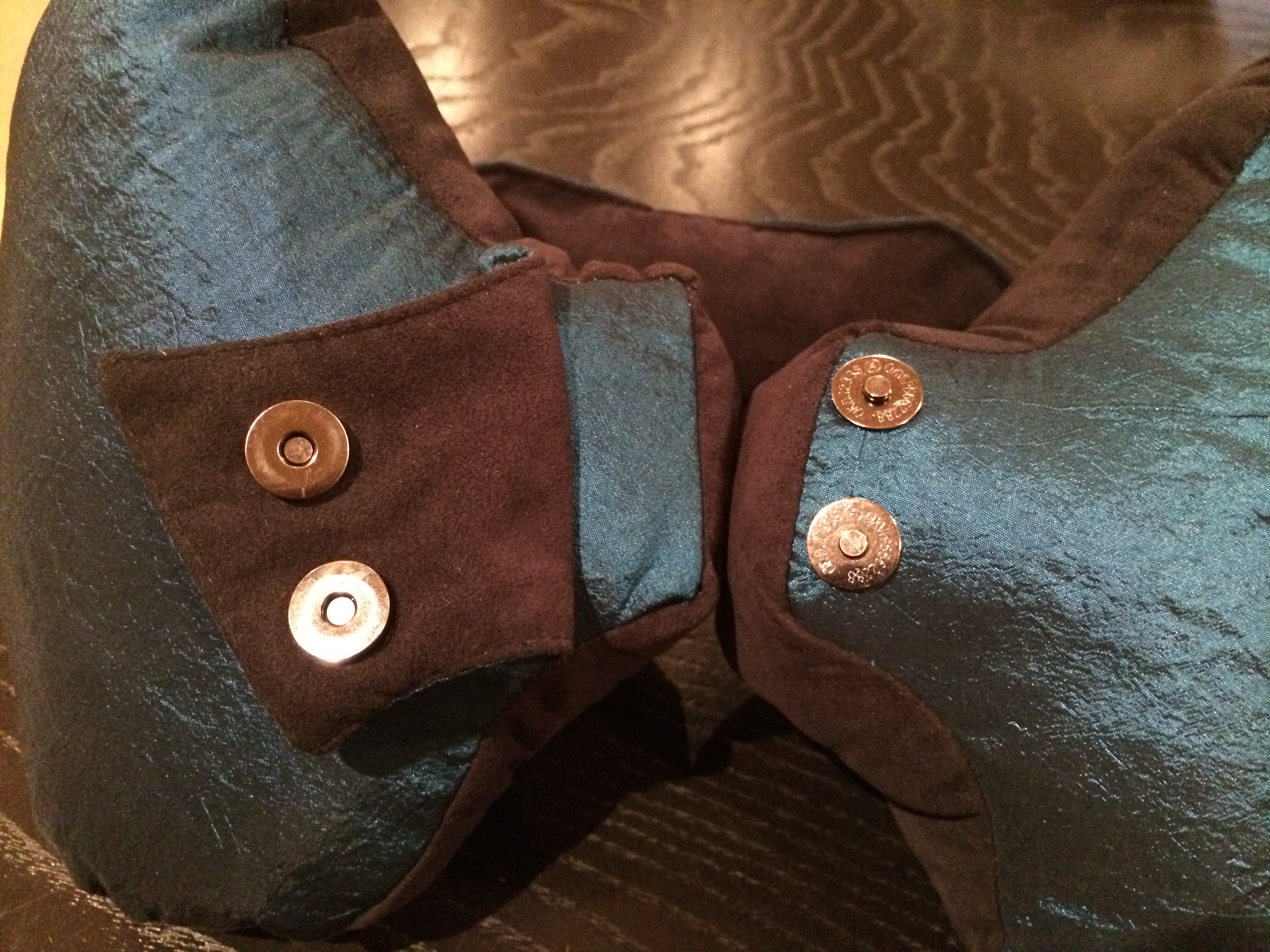
We didn’t expect our magnetic fasteners to detached at altitude since magnet performance tends to improve with reduction in temperature. That can’t always be said about the housing that encases the magnets. Upon inspection, our fasteners showed no signs of damage or temperature induced distortion.
Invisible Zipper
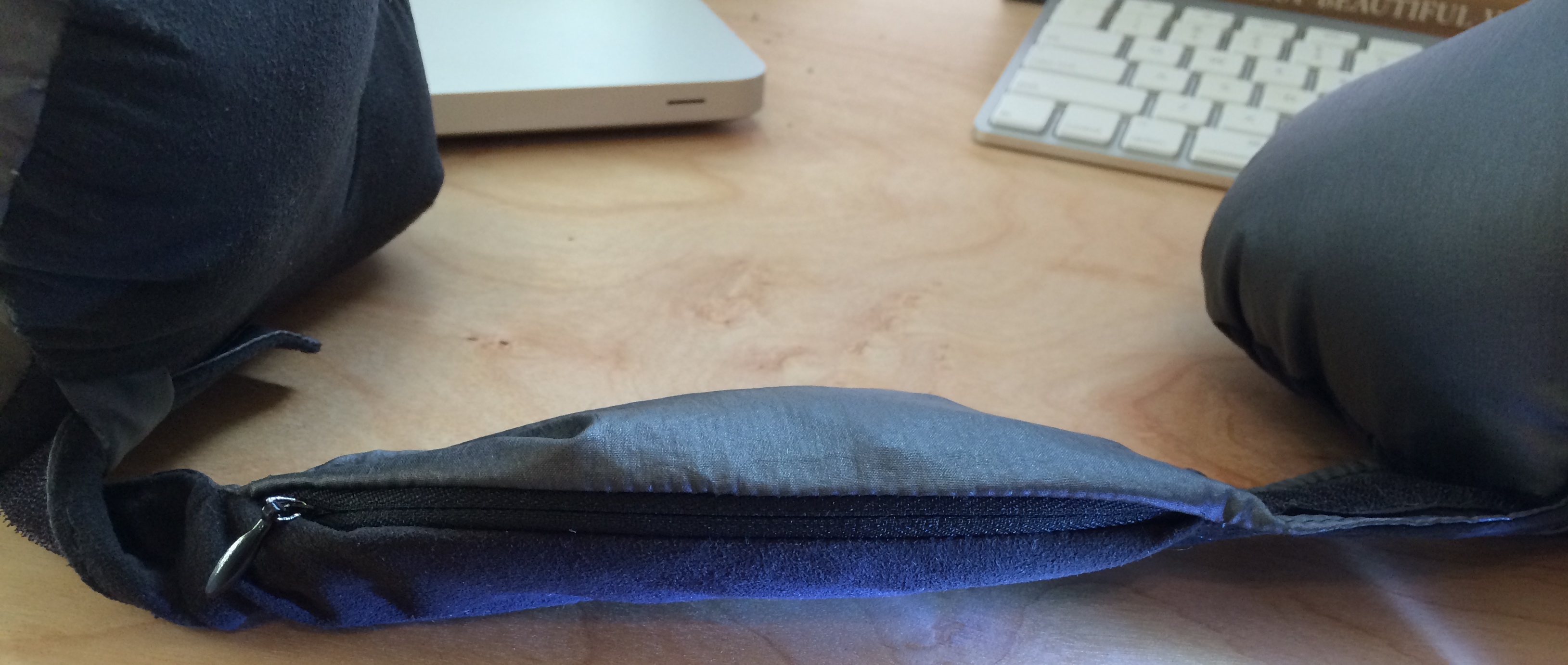
Our zipper didn’t miss a beat. Post recovery, we repeatedly opened and closed our zipper over a number of weeks to test its durability and found its functionality good as new.
Premium Polyester Fiberfill

No worse for wear, our high premium fiberfill maintained its volume and loftiness.
Crinkled Taffeta and Silky Suede
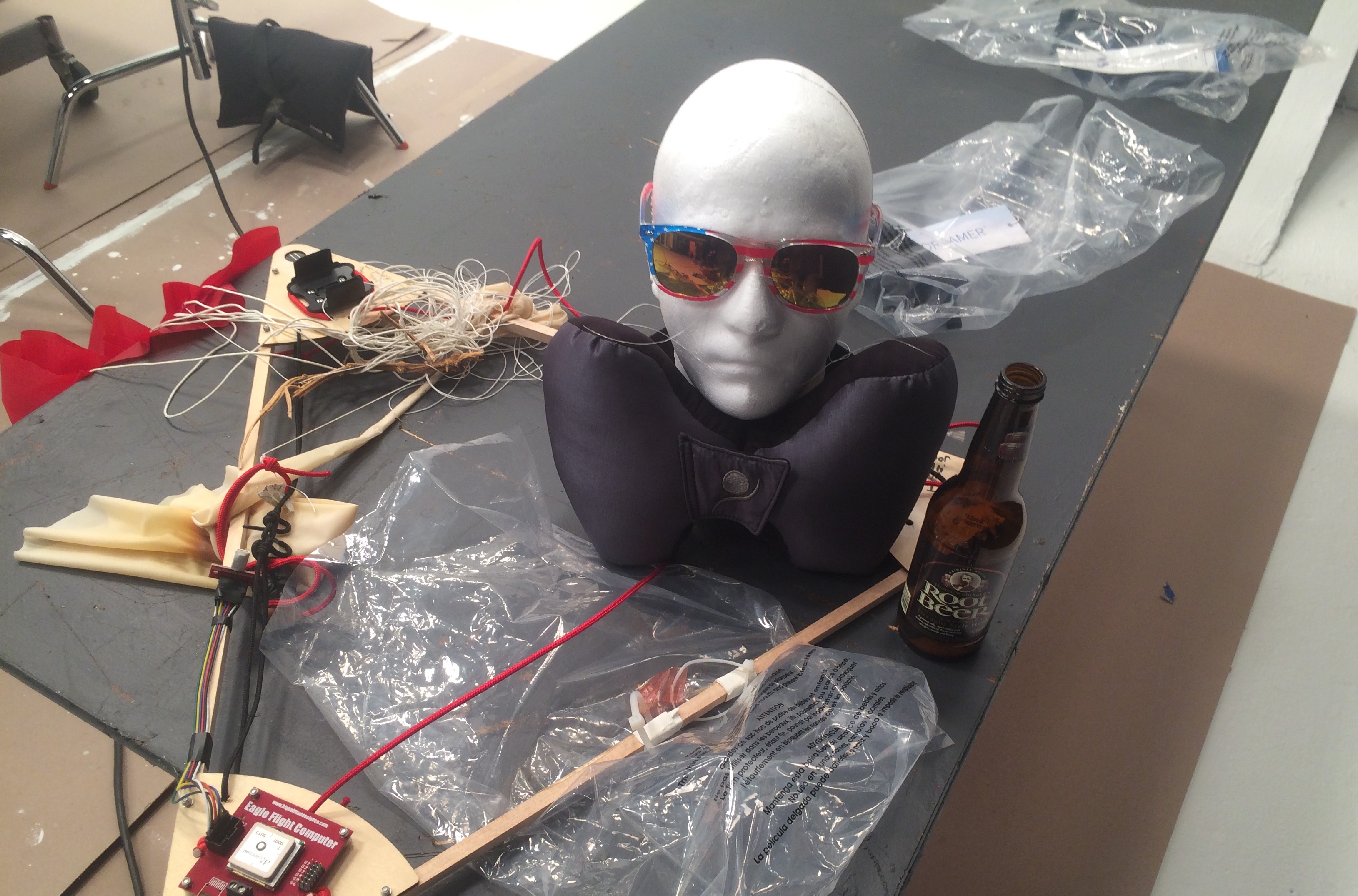
Back in the studio, just 5 hours after touchdown!
Our taffeta maintained its sheen while our suede fabric retained its suppleness.
Why we are different.
A common practice amongst some companies in North America is to manufacture their durable goods an ocean away. Separated by 6,000 miles, some of these companies, not all, turn over control of the sourcing of their raw materials and oversight of their quality control processes to third-party representatives, usually located in the manufacturer’s country or, in some instances, directly to the manufacturer.
Our research has shown that this leaves many of these companies susceptible to unscrupulous manufacturers who make concealed changes in the supply-chain to increase their own profit margins and usually at the expense of quality.
This is not how we do things.
Proximity to our manufacturer is a vital requirement for us. Regular trips to inspect the production line is a signature practice of how we operate.
All materials used to construct our SkyDreamer travel pillows must be integrated into our prototypes and vigorously vetted by our research and development (R&D) team before they can be added to the production line. This is our policy. No exceptions.
We are perfectionists. We don’t outsource the responsibility of selecting and purchasing our raw materials. We directly place our orders with our vetted suppliers.
The Moral of the Story
If you want to build a travel pillow that will last, choose superior materials, second to none craftsmanship, and a production partner that believes in the same commitment to quality.
That’s exactly what we did. Whether taking trip around the world or miles above it, every SkyDreamer we ship is prepared for the journey!
———-
Don’t just Dream It! Live It!
See the world!


